
Petroleum refinery is an industrial process plant where crude oil is transformed and refined into more useful products by fractional distillation. Process Burners operate in furnaces and generates hot gasses that transfer their heat energy to a process liquid or gas flowing directly through coils section installed inside the heater shell. Most process burners have general operating characteristics and a similar design.

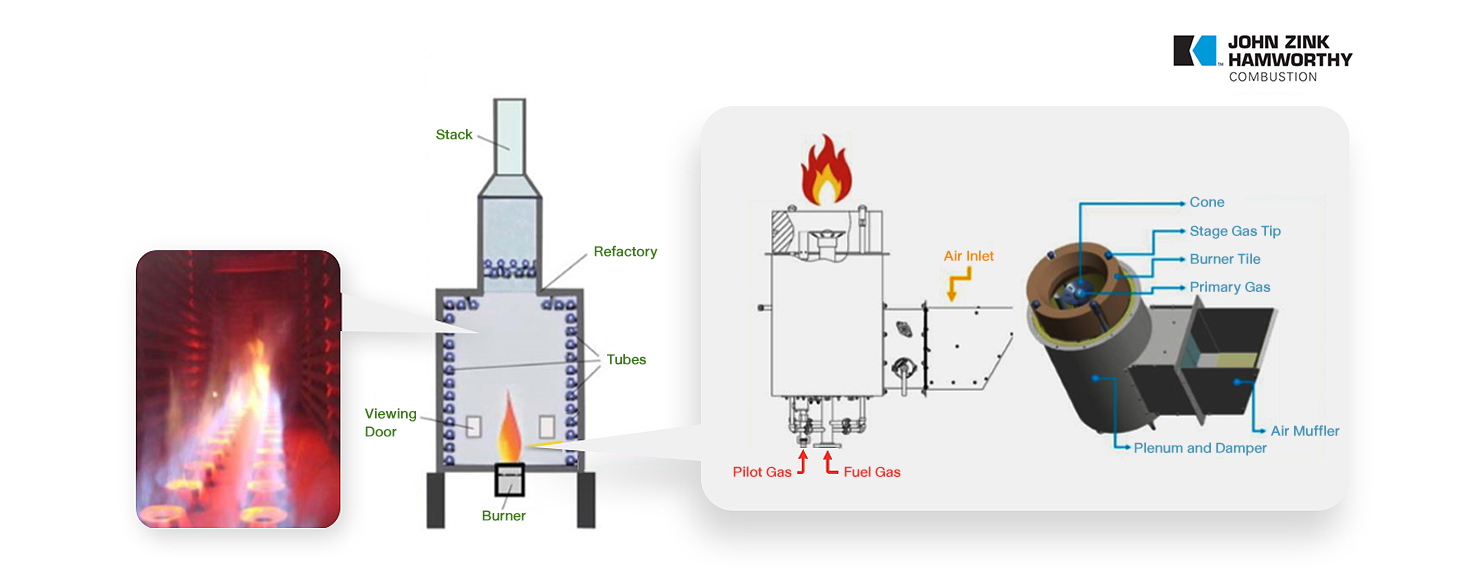
A similar design of burners
They can be classified in various types such as Motive force, NOx emission control, Flame shape, Placement in the firebox, Fuel type, NOx reduction method, and Fuel/Air mixing. Nowadays, advanced technical technologies are introduced to improve the next generation of the burner process. These technologies will increase the efficiency and stability, while the emission of NOx and CO (air pollution), by-product from the gas combustion, are decreased. As a result, the special burners known as Ultra-low NOx emission burners has developed, and later be among the world’s most advanced combustion solutions. This burner is virtually used in every step of crude oil processing by delay combustion (staging the air or fuel in multiple zones), internal fuel gas recirculation and lean premixing of the air and fuel.
According to our experience, service record including customer's point of view and experience insights gained from our partner, BE Petrothai Group becomes an expert of process burner (Table1, 2) with a focus on safety, easy operation and optimum performance. An effective combination of burner systems and controls are based on the design, installation and commissioning with a safety and reliability focus, can help to improve the performance of furnace operation. In addition, sensors, logic solver and final control elements are introduced to enhance the efficiency of the burner.

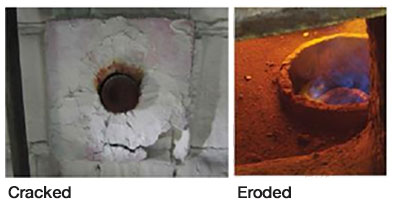

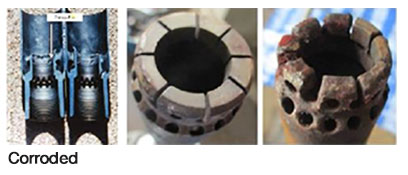
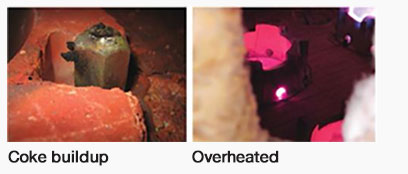


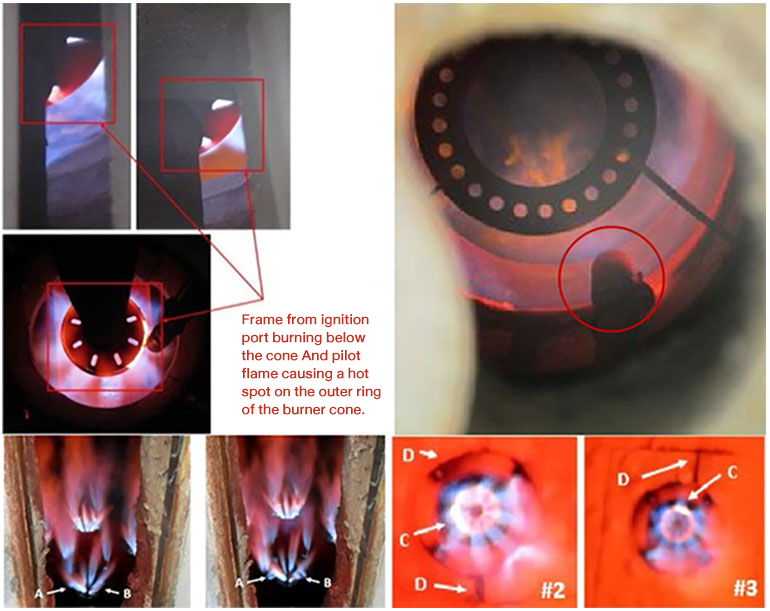
- Glowing and plugging are some noticeable sign of infirm flame form or physical phenomena on the equipment, reflects potential damage of burner parts.
Typically custom-designed for each unique application, so process burner selection must be made in conjunction with a burner manufacturer.
Heater geometry, fuel type, heat input requirements, and emissions performance are important factors that must be considered prior to burner selection.
The replacement of burners with low NOx or ultra-low NOx burners is usually required the particular consideration, because the flame dimensions are enlarged while the space in the heater is limited.
In order to prevent flame impingement on coils causing potential adverse fluegas flow patterns, Computational Fluid Dynamic (CFD) studies can be performed to design and select the burner.
Plants and companies may select a limited number of burner designs to minimize maintenance and operator training.











